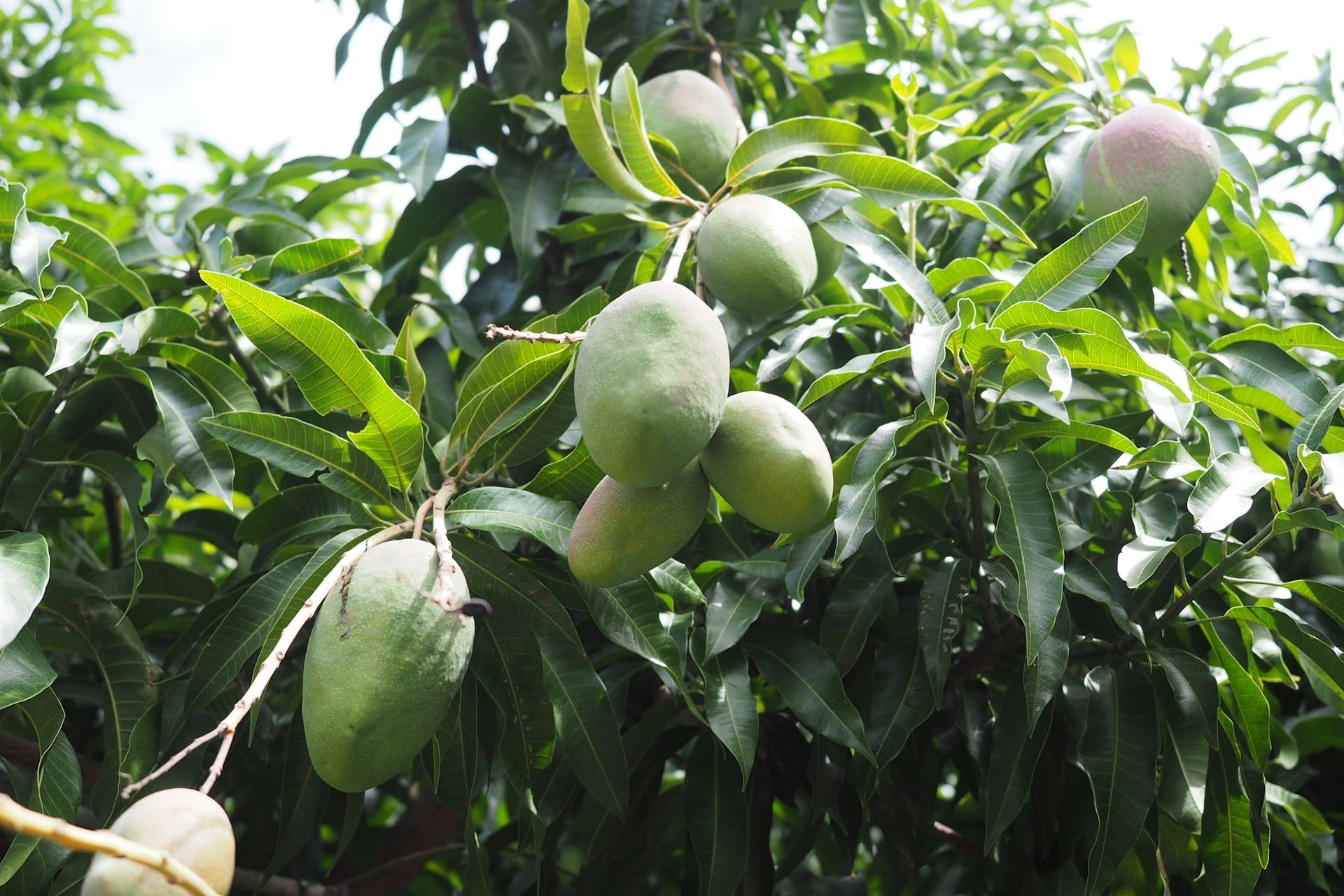The month of October marks our research department’s final month of daily nesting surveys. Sea turtle nesting season officially ends on October 31. The sea turtles, however, do not always follow our calendar system and it is not unusual for our team to record a few nests after the official end of season. The late-season nests are most often laid by green turtles, but, on rare occasion may be laid by a loggerhead or hawksbill sea turtle. Hawksbill sea turtles nest very rarely in Florida. This species prefers to nest along pocket beaches with dense vegetation. A few of the closest major nesting sites for hawksbills include the Bahamas, Cuba, Turks & Caicos, St. Croix, Dominican Republic, and Puerto Rico. In previous years, our researchers have documented a few hawksbill nests within our survey area, as well as a few instances of hybrid nests that were a cross between loggerhead and hawksbill. Hybridization is not well-studied in sea turtles, however, its occurrence in sea turtles has been documented worldwide.
Our biologists will continue to be on the beach daily to monitor the remaining marked sea turtle nests for signs of hatchling emergence, erosion, tampering or predation events. This season our researchers marked and evaluated over 1,000 nests. The data collected during excavations of the marked nests will enable our researchers to calculate the number of hatchlings produced in our 9.5 miles of beach. As of October 4, there were 29 marked nests remaining on Juno, Jupiter and Tequesta beaches. This year, our researchers have recorded 16,334 nests.






